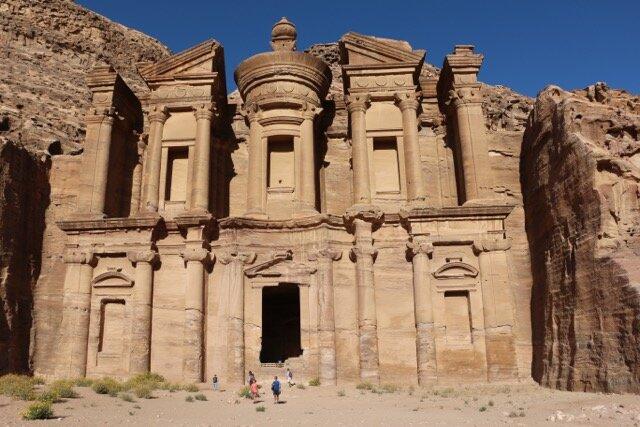
A Week Visiting Petra, Wadi Rum and the Dead Sea
About Jordan and Petra
Jordan is in the Middle East. It borders Israel and Palestine in the west, Syria in the north, Iraq and Saudi Arabia in the east. Despite being near a known conflicted area in Asia, Jordan is very safe to visit. It does not only have good economic and political stability, but many things to do and see for tourists. The most remarkable are the Roman ruins of Amman, Jerash, the ancient stone city of Petra, the Wadi Rum desert and the Dead Sea. I went to all of them, and here you have my story.
Just one thing before we start: Jordan government has made it really easy for tourists to access all the important areas. All you need to do is buy the JordanPass at the airport when you arrive. You will read below why it is so convenient. Jordan’s currency is the Jordan Dinar.
My Trip to Jordan
Amman and Jerash
I began my trip at Amman International Airport. I learned about the JordanPass and I bought one. In short, buying that card gives you access to most (if not all) the tourist attractions of the country. That is really convenient! After checking in at my hotel, I visited Amman. The city has three important landmarks to see: the Roman theatre, the citadel and the Archaeological Museum. Besides the cultural sites, Amman has many entertainment options and nice restaurants, so rest assured it will be easy to find something pleasant to do if you are willing to relax in the evening.
On my second day I went to Jerash, about an hour north from Amman. Jerash is famous for its ancient Roman architecture, including the Hadrian’s Arch, many Corinth-styled columns, a forum, an hippodrome, Zeus and Artemis temples, two theatres and an aqueduct. I took a tour that lasted for about four hours there and I was able to see all of those Amman tourist attractions. The remains show how prosperous the city was in the old Roman days. Jerash was part of the Decapolis, a group of ten important Roman cities in the area.
In addition, I read that more recent archaeological works have found remains of Hebrew and Arab constructions in Jerash. This means the city had other influences in the past that will probably will be studied in the upcoming years. It was the first time I saw Roman ruins, so let me tell you it was incredible for me.
In the afternoon, I headed back to my hotel to eat something and get ready to go south-east. The trip to Petra is about three hours long, so it will probably take a full afternoon, as it did for me. The good news is that if you arrive to Petra on a Monday, Wednesday or Thursday, you have the option to visit Petra by Night, and take a first look at the ancient sites with a nice artificial lighting.
Petra
Petra is definitely a full-day experience. You get in by entering a long narrow corridor from the east, called ‘the Siq’. It is a natural passage, so that is the first wow you sigh when you see it. Nobody built it! Petra was the capital city of a civilization called Nabataean, and it was an important trade centre for the region in its days. The Nabataean had many caravans, and their main source of income was managing trade routes that joined Egypt and the Red Sea in the south with the Persian Gulf in the east and Siria in the north. To survive the desert, they became experts in managing and storing water. The built aqueducts and reservoirs for that.
When you finish the long corridor, the city of Petra is just unbelievable. It was not built —in the strict sense of the word— but rather carved from the stones. There are at the very least three impressive buildings to see: the Treasure, the tombs of Nabataean kings and the Monastery. You really need to make a decision for the last one. If you are going on foot, it is a fifteen-kilometre walk. Take a deep breath and go, or ask for some other way to get there.
Wadi Rum Red Desert
On the next day, I just took a backpack with the most basic items. I was picked up from my accommodations to visit Wadi Rum, known for its extensive red desert and for historic persons like Lawrence of Arabia. When you arrive, you feel as if you were taken to another planet because of the red colour of its sands. It is something you will probably never see again. Needless to say, sand is not the only thing to see or do in Wadi Rum. There are some ancient stone carvings and paintings around, and if you like adventure, many people come to do mountain climbing in its cliffs. The main attraction in Wadi Rum, however, is spending a night in a Bedouin camp. You eat traditional food there, and you experience their traditions too. That was unforgettable.
The Dead Sea
After going back to Petra to pick up my things from the hotel, I went to the shores of the Dead Sea. Long story short, I spent the last two days of my trip there, but that does not mean I do not have anything else to tell. At the Dead Sea, there are two things to try: floating in it and getting covered in its mud. Let me tell you more about that below:
The first thing I learned about the Dead Sea when I got there is that it is not really a sea but a huge salt lake. Salt is so dense there that you simply cannot sink. Regardless of how much you weight, your body has less density than its water. That is why floating in the Dead Sea is such a unique experience. The second thing I need to tell you is that the Dead sea is so salt that you cannot even try to swim. The salt may hurt your eyes if you try! What you can do instead is to get your body covered in its mud instead. Dead Sea’s waters have medicinal properties, so your skin will love that.
The prices that appear per day are referential and correspond to the sum of activities that were made that day
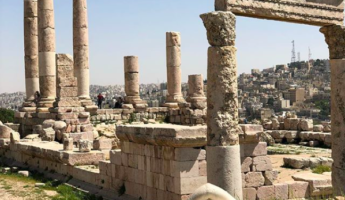
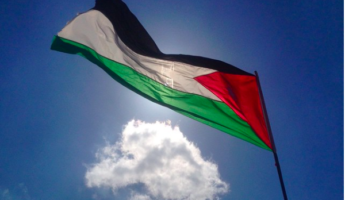
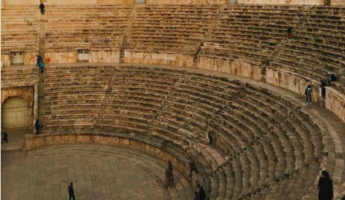
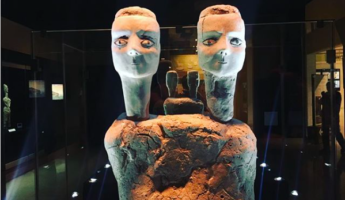
I purchased a JordanPass to be able to access all tourist areas with one single payment (this is a great idea). I walked around the city, I visited the citadel of Amman, the Roman Theatre and the Archaeological Museum. Amman is a quiet city with good places to have dinner.
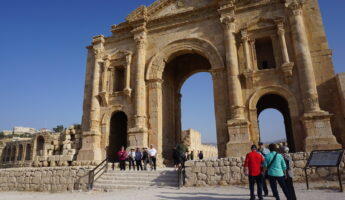
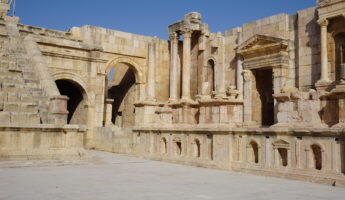
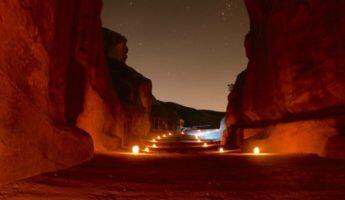
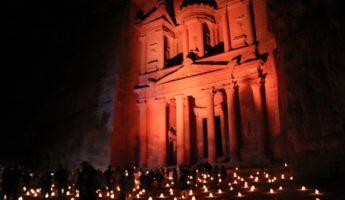
I took a four-hour tour to the magnificent city of Jerash, which is an hour away north from Amman. I had lunch when I got back because the next thing in my itinerary was to take a three-hour trip to Petra. I checked-in in a hotel in the district of Petra. I learned that there is a ‘Petra by Night’ tour on Mondays, Wednesdays and Thursdays. You can take them in case you want to see the Treasure of Petra illuminated.
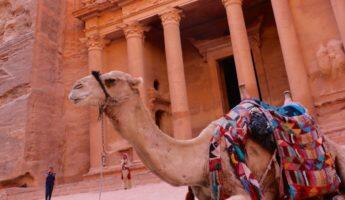
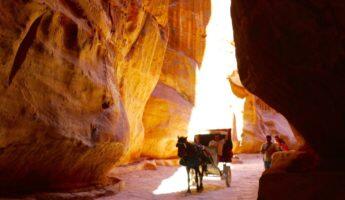
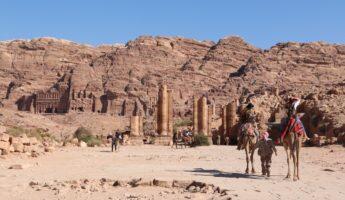
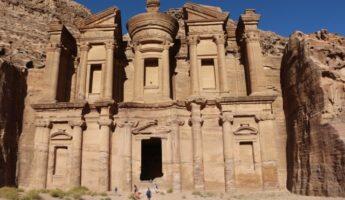
Visiting Petra is a full-day experience in which you walk a lot. You get in through a long natural corridor that was excavated by the erosion of water over thousands of years (yes, wow!). Inside, you meet the impressive image of the Treasury, you walk and climb towards the tombs of the Nabataean kings, and, if you are brave enough, you walk fifteen kilometres to the Monastery. The JordanPass gives you access to Petra.
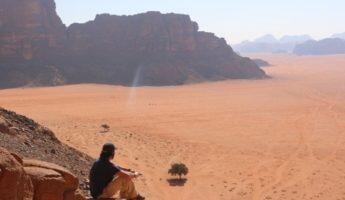
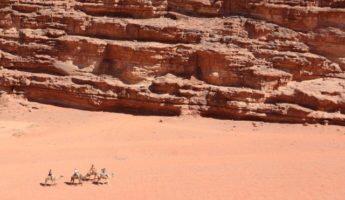
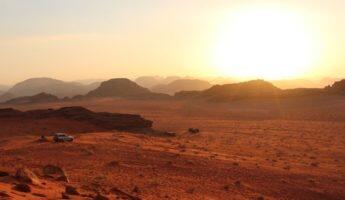
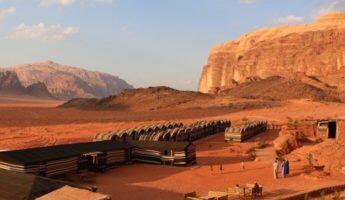
I left my hotel in Petra only with a backpack. My destination was south, to Wadi Rum desert. There, I got in a 4×4 and drove through incredible views of this red desert. It felt as if I were in Mars, unbelievable. I spent the night in a Bedouin camp, sharing their typical meals and some of their traditions. It was a great experience.
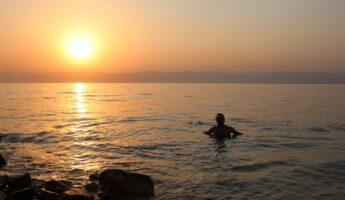
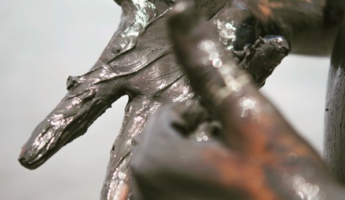

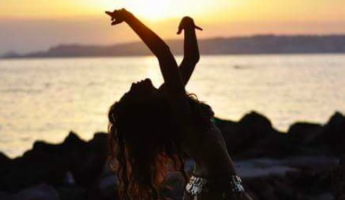
I went back to my hotel in Petra and next I left west to a luxury spa in the Dead Sea (three hours by car). Once settled, I went to the salty waters of the sea, and I took a bath there. It has sticky waters, like oil, so you will feel a curious sensation the first time. I put some mud on my body because of its medicinal properties. In the evening, I had dinner at the hotel while I watched a folkloric show and tried smoking ‘shisha’ for the first time.
The lodging that is shown in the list of each night is recommended by the traveler, you can find more similar options. The cost is per person in a double bed room.
| Night | City | Recommended accommodation | Type of lodging | Cost of the person | |||||||||||||
|---|---|---|---|---|---|---|---|---|---|---|---|---|---|---|---|---|---|
|
|||||||||||||||||
|
|||||||||||||||||
|
|||||||||||||||||
|
|||||||||||||||||
|
|||||||||||||||||
|
|||||||||||||||||
The prices that appear by transport are referential and correspond to what the traveler paid at that moment
| Nº Day | Origin | Destination | Link web | Type of transport | Cost | ||||||
|---|---|---|---|---|---|---|---|---|---|---|---|
|
|||||||||||
|
|||||||||||
|
|||||||||||
|
|||||||||||
|
|||||||||||
|
|||||||||||
Take a swimsuit with you so you can take a bath in the Dead Sea. Remember that you cannot plunge or swim in it. Your eyes may burn, and so any injury in your skin. What you can do easily there is float (because of the density of its waters). Live that experience.
I recommend going to Jordan between March and June or between September and November to avoid the hot weather of July and August and the cold and rains between December and February.
Take comfortable clothes and shoes for long trekking. Jordan is a huge desert, so get ready to walk in sand.
To eat in Amman, I recommend the Levant restaurant.
To enter Jordan, it is enough to buy the Jordan Pass and present it at the airport. You do not need visa. You also can buy it at the airport. Buying the Jordan Pass is the safest way to get access to Petra, Jerash, Wadi Rum and the Amman Citadel. You do need one. I recommend the Jordan Wanderer that allows you to make the trip that I made with one entrance to Petra.
Remember that the cost of taxis is shared between the riders. If you contact a provider, maybe you can arrange a fixed price for all your trips.
Ask if your hotel offers (or, better, includes) an airport pick-up service. That could save you the cost of the taxi.
At the hotel in Petra, you can ask them to call the transport that will take you to Wadi Rum Visitor Center. Also keep in mind that, though lunch is included in the camp, extra snacks will also be helpful. You can also ask your hotel in Petra to prepare you a special lunch box for that day.